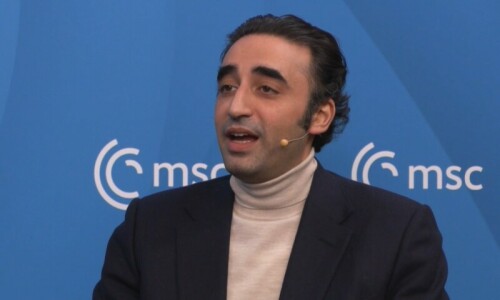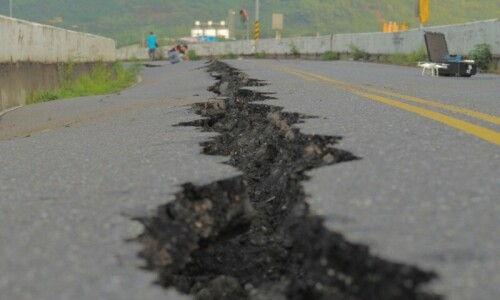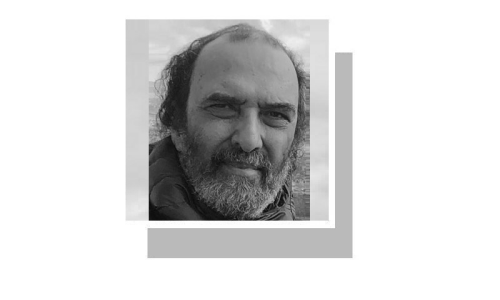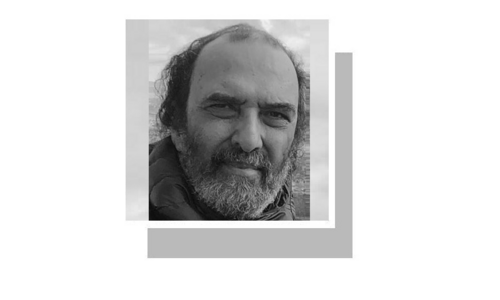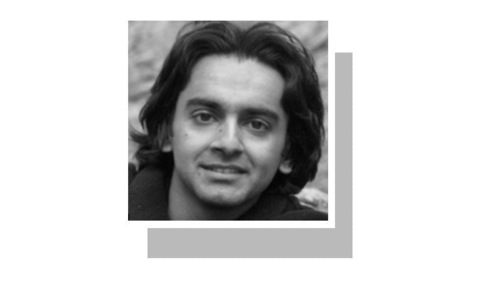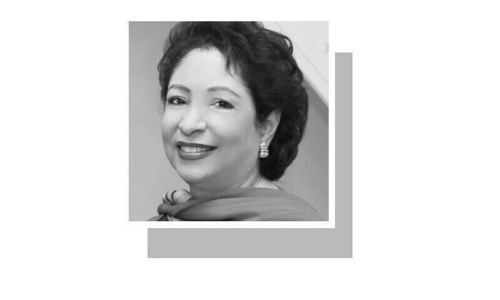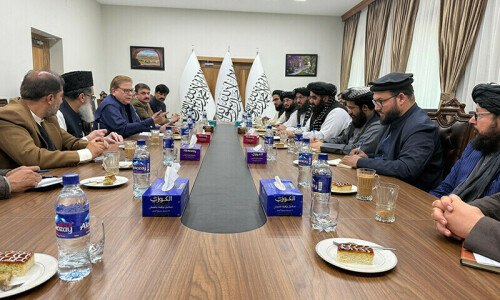ISLAMABAD: The youth unemployment in Pakistan has surged to 9.1 per cent in 2015 from 6.5pc in 2007, according to National Human Development Report.
The report launched on Wednesday by the Minister for Planning and Development Ahsan Iqbal said the youth between 15-29 years made up 41.6pc of the country’s total labour force (between 15-64 years). It added that the 9.1pc rate in 2015 was still lower than the one in 2004.
The report “Unleashing the Potential of Young Pakistan” said the International Labour Organisation put the unemployment for 15-24 age group at 10.8 pc. It seeks to understand the country’s human development challenges and opportunities from the prism of youth and focuses on how to improve human development outcomes by empowering young people, addressing the root causes of the obstacles they face, and by proposing innovative ways to surmount these challenges.
The publication looked at three key drivers of youth empowerment: quality education, gainful employment and meaningful engagement. It said Pakistan currently had the largest generation of young people ever recorded in its history as 64pc of the total population was below the age of 30, and 29pc between the ages of 15-29 years. It is currently one of the youngest countries in the world and the second youngest in South Asia after Afghanistan.
Regarding the paucity and quality of research and development, the report said “Pakistan’s GDP allocation for research and development was 0.29pc – less than half of other South Asian countries. In addition, the country’s under-resourced and poorly staffed universities failed to provide an environment where research culture can thrive.”
Efforts by the Higher Education Commission have led to a drastic rise in the number of research publications produced – over 3,000 doctoral dissertations were defended in Pakistan between 2003 and 2009, versus nearly a total of 3,300 from 1947-2002. However, the continued focus on the quantity, rather than quality, of the research produced led to much of these publications not meeting international benchmarks.
The dearth of research culture is also evident from the negligible number of students enrolled in higher level programmes – only around 12,400 students in MS/MPhil and 14,370 in PhD programmes across the country. The patent applications filed by Pakistanis in 2013 stood at a paltry 151, compared to India’s around 10,670 or Iran’s 11,300.
The report said all regions of Balochistan, Federally Administered Tribal Areas (Fata) and northern KP were found to be the most deprived in terms of youth development index (YDI). Apart from the two indicators, the youth’s performance in all other dimensions of YDI in these regions was alarmingly low.
Amongst the regions, the highest human development index in 2015 was 0.875 for Islamabad, a federally administered territory, followed by Azad Jammu and Kashmir (AJ&K) at 0.734. The lowest index value was 0.216 for Fata, a very low category.
Amongst the provinces, Balochistan has the lowest HDI of 0.421, falling in the category of low human development. Punjab had the highest with 0.732, placing it in a high-medium level. The other two provinces, Sindh and KP, performed relatively better and fell in the medium category.
Global Youth Development Index said that within South Asia all countries but Afghanistan have better scores for education than Pakistan as well as a higher YDI global ranking. Pakistan’s low score stems from its dismal performance in the areas of education, financial inclusion and political participation, exacerbated by the lack of a coherent youth policy, both at the federal and provincial levels.
With respect to the state of education, the report said that poor access to education in Pakistan was leading to the country having one of the world’s lowest completion rates for primary education.
A staggering 9.45 million children at primary level were estimated to be out of school in 2015. At the current growth rate of net enrolment at 0.92pc, it will take another 60 years to reach the target of zero out-of-school children. To achieve the same objective by 2030, the country must increase its net enrolment ratio to a yearly 3.8pc.
Despite some marginal improvements, the total number of unlettered people has increased in absolute numbers. With a youth literacy of barely 70.7pc, Pakistan fares poorly compared to other regional countries.
Disparities in literacy levels are stark across different divides in Pakistan from 94.5pc in Islamabad to 39.9pc in Fata. Balochistan and the tribal areas have the lowest female youth literacy rates at 13.6pc and 29.9pc respectively while Islamabad and AJ&K have the highest at 92.9pc and 82.8pc.
There were also gender-based differences – Gross Enrolment Rate at the primary level stood at 81pc for females compared to 97pc for males. Data from Pakistan Education Statistics reveals that out of every 100 students entering primary school (grades 1-5), only 43pc make it to class 6. About 43 out of 100 students reach the post-primary level (grades 6-10) while a modest 30pc reach grade 10.
Published in Dawn, May 3rd, 2018



















